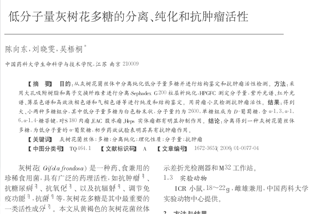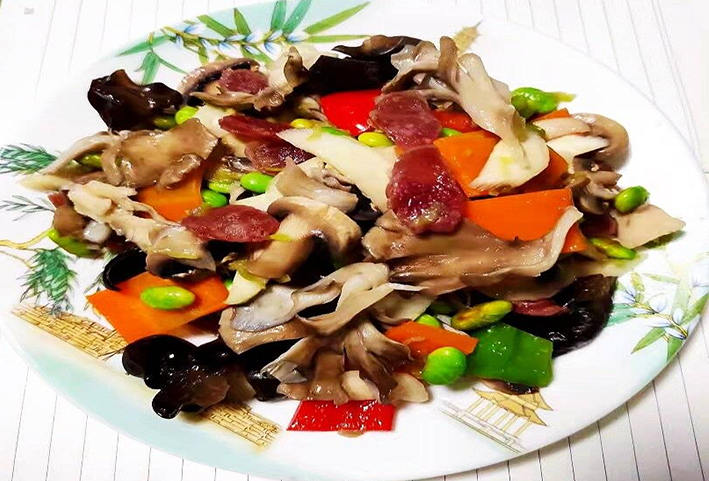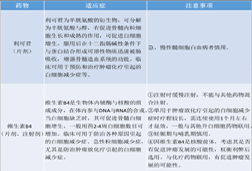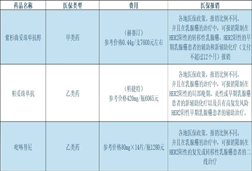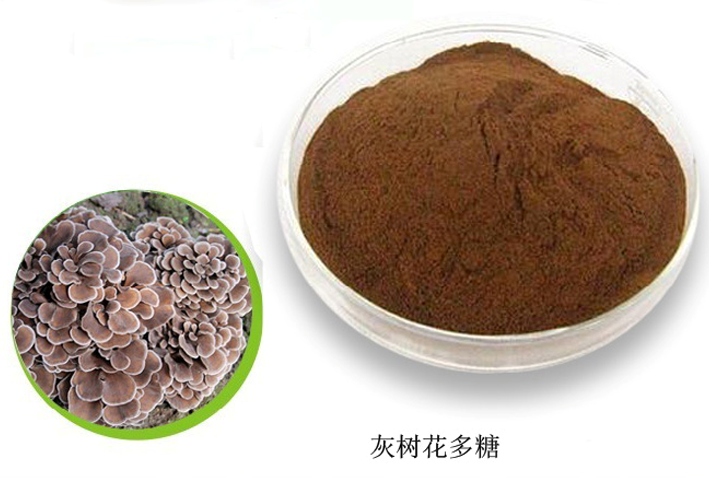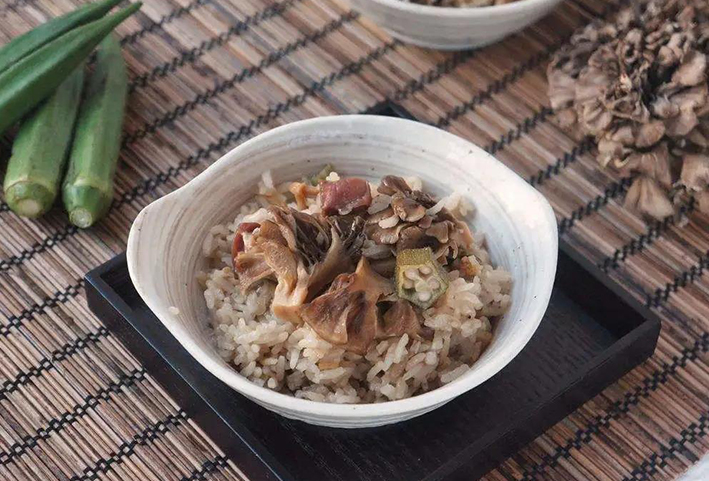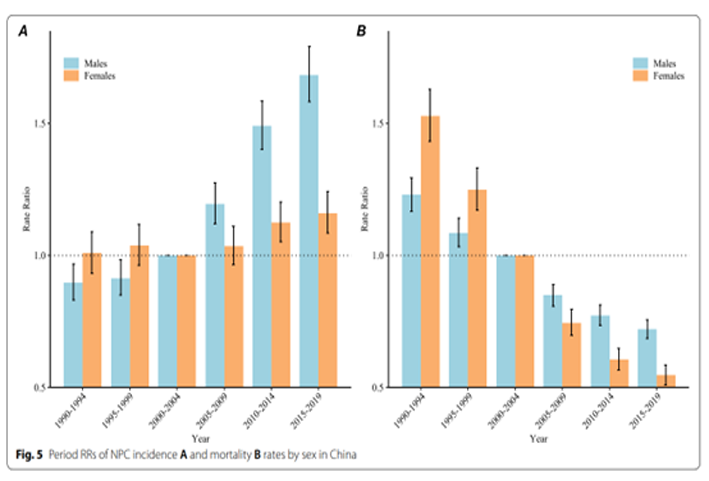Hearing the name of Maitake, people often think that it is a kind of flower in their ideology, but it is not true. Maitake is not a kind of flower, but a rare mushroom, because of its graceful appearance. It is like a bouquet of lotus flowers in full bloom, so it is given the name of the flower.
Maitake is a rare medicinal and edible fungus that grows in the subtropical to temperate zone. It belongs to the basidiomycota, phyllomycetes, non-fold fungi, and polypore family in biological classification. There are many different names, also known as polypores of bay leaf, Japanese called "maitake mushrooms", Hebei called chestnut mushrooms and chestnut mushrooms, Sichuan called Qianfo mushrooms, and "Fujian Tongzhi" called heavy mushrooms. It is called lotus mushroom, it is called melon plate in Dongshan area of Yanqing County, Beijing, and it is called miraculous...
Its nutrition has good health effects and high medicinal value. In recent years, as a high-level health food, it has become popular in markets such as Japan and Singapore. Due to the adoption of my country's earlier authoritative monograph "Chinese Fungi", Maitake has become a more common Chinese name. Maitake has a matsutake-like aroma, tender meat, tastes like chicken shreds, and is crispy like magnolia. Its nutrition and taste are better than shiitake mushrooms, which are known as the king of mushrooms, and can be cooked into a variety of delicious dishes.
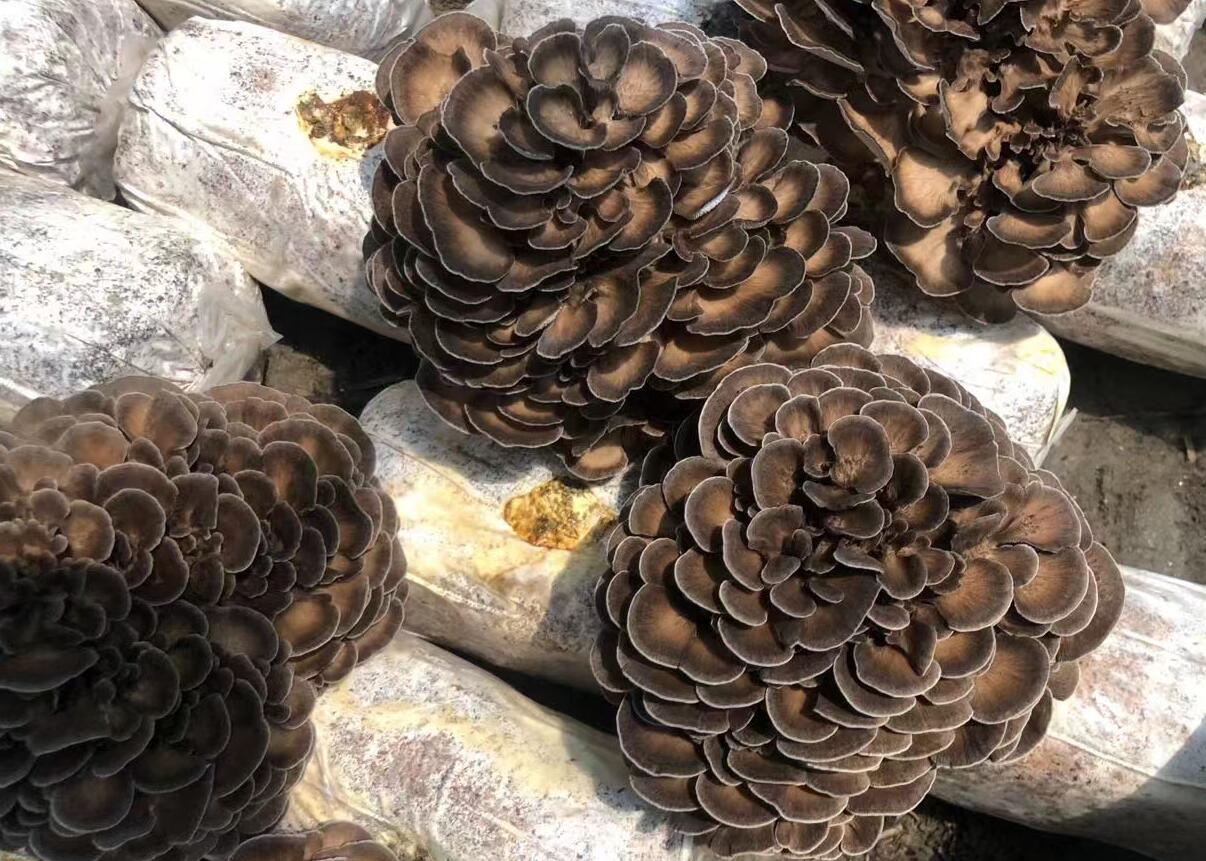
Morphological characteristics
The fruit body of Maitake is fleshy, short-stalked, and coral-like branches, with fan-shaped to spoon-shaped caps at the ends, overlapping into clumps. The large clumps are 40-60 cm wide and weigh 3 to 4 kg; the diameter of the cap is 2-7 cm. , Gray to light brown. The surface has fine hairs, which are smooth after old age, with reflective stripes, thin edges and curled inward. Bacteria flesh is white, 2~7 mm thick.
The tube length is 1~4mm, the tube hole is extended, the hole surface is white to light yellow, and the tube mouth is polygonal, with an average of 1~3 per millimeter. The spores are colorless, smooth, ovoid to oval in shape. The hyphae have thin walls, branching, septa, and no lock-like associations.
Maitake forms sclerotia in a bad environment. The sclerotia are irregular in shape, long blocky, uneven, brown, and hard. The cross-section is 3-5 mm brown in appearance, semi-lignified, and white inside. The fruit body grows from the top of the sclerotium of that year.
Maitake is a medium-temperature, aerobic, and light-loving wood-rot fungus. It grows on the stumps or roots of oak trees, chestnuts, castanopsis, Cyclobalanopsis glauca and other species of Fagaceae and broad-leaved trees in summer and autumn. It is above 800 meters above sea level. , Maitake grows better in years when the daily rainfall reaches 200 mm. Wild Maitake is distributed in many regions of Japan, Europe, North America and China. There have been wild Maitake in Heilongjiang, Jilin, Hebei, Sichuan, Yunnan, Guangxi, Fujian and other provinces, as well as in chestnut forests in the suburbs of Beijing.
References:
甘长飞:灰树花及其药理作用研究进展,食药用菌2014,22(5):264-267,281





